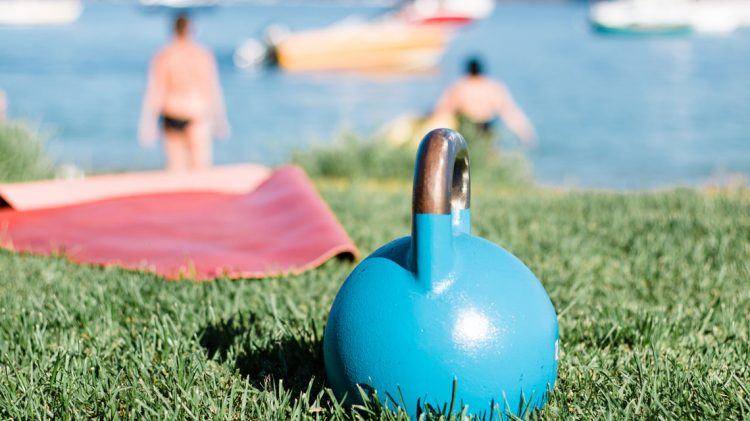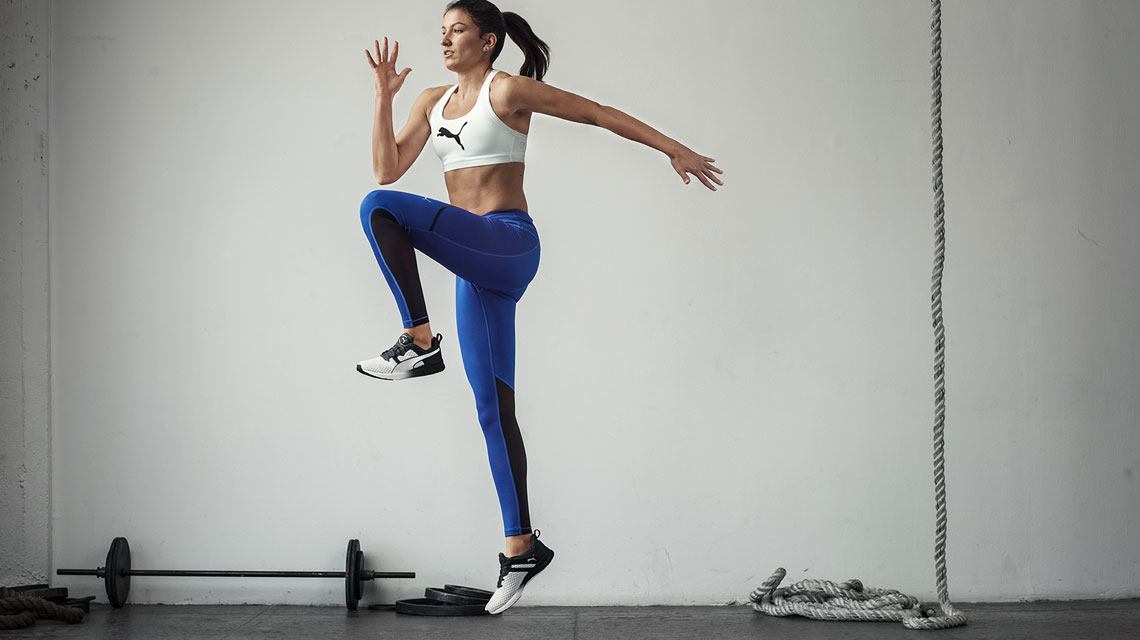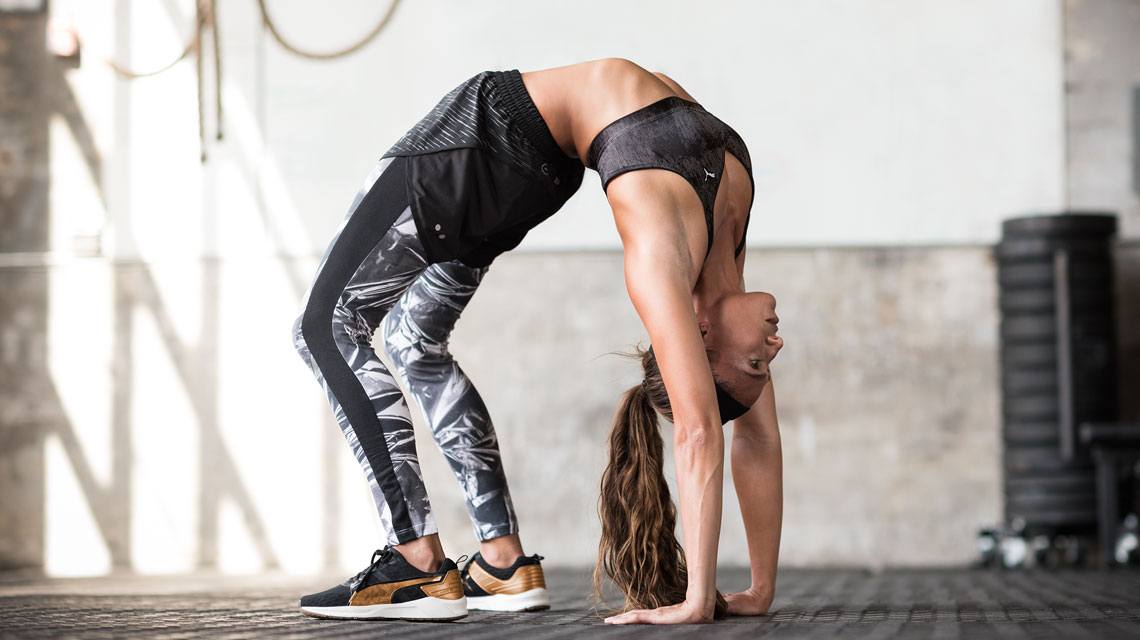
Train smart
with HIIT
Say hello to High Intensity Interval Training
December 6, 2016Say hello to High Intensity Interval Training
December 6, 2016The pace of life is speeding up and our time is becoming increasingly precious to us. Having said that, as a fitness professional I am still amazed when a client tells me they don’t have the time to exercise. Exercising regularly not only has incredible physical benefits, but is also shown to improve mood, promote better sleep and boost energy, making you more productive throughout the day.
In fact, Richard Branson, British business magnate and founder of the Virgin Group, claims that he is twice as productive after exercising as it helps him use his time more effectively.
Given the host of benefits, I would argue that you don’t have time not to exercise. The question then becomes: how do you train most efficiently?
So, before you put on your runners and head out the door, it’s important to know that not all types of exercise were created equal when it comes to making the most of your time.
Say hello to High Intensity Interval Training (HIIT).
HIIT has become popular over recent years due to its capacity to produce awesome results in as little as ten minutes, three times per week with little to no equipment required. It has been shown to boost anaerobic threshold, aerobic fitness and insulin sensitivity while improving fat loss and maintaining muscle mass.
HIIT involves repeated stints of high intensity efforts that range from five seconds to eight minutes followed by recovery periods of varying lengths. The workout continues with the alternating work and rest periods adding up to ten to 60 minutes.
The length of the recovery is designed to challenge the individual and also to determine the energy system that is developed.
What really sets HIIT apart, however, is the ability to create a physiological effect on the body called excess post-exercise oxygen consumption or EPOC. This happens due to training at such a high intensity that the body cannot match oxygen demand with supply. Studies show that your body’s metabolism may be raised for up to 24 hours after training while working hard to repay this debt, restore body temperature, repair damaged muscle tissue and replace the stored energy used during the workout.
Because EPOC is directly linked to the intensity of exercise, not the duration, continuous aerobic exercise like running has very little effect. During a slow steady-state run, the oxygen supply and demand are almost equal, so there’s no reason for the body to work hard in recovery. HIIT also has the potential to increase cardiovascular fitness without increasing the training volume which keeps the risk of training injuries low in comparison to traditional training methods.
My mission is to motivate and inspire others to be the best version of themselves. To help people achieve their health and fitness goals and find balance in their lives to make the shift from feeling average to feeling awesome.
What is the catch?
You have to be willing to work hard. Really hard. Your body will only make changes when it is faced with a stress that is outside your comfort zone. To get the benefits of HIIT, exercises must be performed at 80 to 100% of your maximum heart rate, which you can calculate by simply subtracting your age from 220. If you don’t have a heart rate monitor available, 80% of your max heart rate means training at a level that you would describe as ‘hard’ or ‘very hard’, where it would be difficult to talk to the person training next to you during the session. The rest periods should be up to 40% to 50% of your max heart rate to help you cover and be ready for the next interval.
How to make a kick-ass HIIT session:
1. Get a good interval timing app.
I recommend “Seconds”, which is a free app with a range of HIIT sample timers and the ability to create your own timers.
2. Be clear on your goal.
This will determine the exercises you choose and the amount of rest you take. For example, if you are a runner, you may incorporate more lower body based training and sprints with shorter recovery periods. To create a general program, try switching between an upper body, lower body and core exercises (see circuit below).
3. Train with a buddy.
It is so much more fun pushing through those last few sets, if you have someone there to encourage you and keep you accountable, and people who train together are shown to work 200% harder than those training alone. #teamwork
Try these quick, sweaty sessions below.
Train hard, recover and repeat. You’ve got this!
Sweaty Rep Challenge
45 sec work : 15 sec rest (3:1)
How many reps can you get in each interval?
Squats
Push ups
Burpees
Sit ups
10 m Shuttle runs
2 minutes rest. Repeat for 3 rounds total.
Ladder for time
Start with 2 reps of each exercise then add 2 reps each round, up to 12 reps.
Take 2 minutes rest and then reverse the ladder starting at 12 reps dropping the repetitions down by 2 each round.
2 / 4 / 6 / 8 / 10 / 12 – rest 2 mins – 12 / 10 / 8 / 6 / 4 / 2
Box jumps (or squat jumps)
Push ups
Burpees



